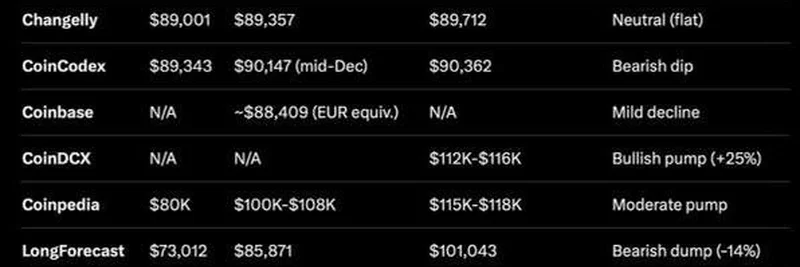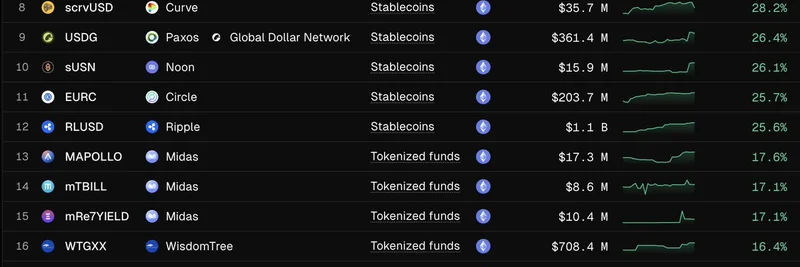Hey there, crypto enthusiasts! If you’ve been keeping an eye on the latest buzz in the blockchain world, you might have stumbled across a thought-provoking tweet from Wei Dai (@_weidai) on July 5, 2025. In this post, Wei challenges a long-standing belief in the crypto community: that synchronous atomic composability—the ability for blockchain transactions to happen instantly and seamlessly across applications—is a must-have feature. Let’s dive into this hot topic and break it down in a way that’s easy to digest, even if you’re new to the space.
What’s Synchronous Atomic Composability, Anyway?
Before we get into the debate, let’s clarify what we’re talking about. Synchronous atomic composability is a fancy term that means transactions on a blockchain (like Ethereum or Solana) can execute together in real-time, with all parts either succeeding or failing as a single unit. Think of it like a group project where everyone’s work gets submitted only if every team member finishes their part—no half-baked results! This is super useful for things like DeFi (decentralized finance) flash loans, where multiple actions need to happen in one go to avoid losing money.
But Wei Dai argues that this feature might be overrated. He’s not alone—after chatting with others in the industry, he’s found a growing consensus that fast asynchronous interop (think delayed but efficient communication between blockchains using tools like zero-knowledge [ZK] settlement or fast confirmation layers) could work just as well for most use cases. This shift in thinking could change how we build and scale blockchain networks.
Why Wei Thinks It’s Overrated
So, why the pushback? Wei points out that building fast interop between chains is tough. It requires advanced tech like ZK proofs (which verify transactions without revealing details) or a solid data availability layer. These solutions can offer a smooth user experience (UX) if designed right and paired with clear interop standards. For example, instead of everything happening in sync, transactions could process slightly out of step but still deliver the goods—kind of like a relay race where the baton gets passed smoothly, even if not at the exact same moment.
He also critiques the rollup-centric roadmap—a strategy where transactions are processed off-chain and then settled on a main chain like Ethereum. Wei believes this approach went off track because it overemphasized scaling current general-purpose chains (like Ethereum L1 or Solana) without solving the interop puzzle. Scaling these chains is crucial, he says, but only until we nail down universal, secure interop.
The Counterarguments Heat Up
Of course, not everyone agrees with Wei. In the thread, folks like @a_vaunt and @AmMuroch push back hard. They argue that synchronous composability is the heart of crypto’s user experience. Why? Because it lets people move money between decentralized apps (dApps) seamlessly, without trusting middlemen. @AmMuroch even calls it the “default UX of crypto,” warning that async solutions might compromise security or require trust in interop committees—something purists hate in a decentralized world.
Others, like @shresth3103, suggest atomic composability is mostly a niche tool for power users (think flash loan wizards), while most users don’t need it. Meanwhile, @randhindi from Biconomy shares how his team’s async orchestration on existing chains is already delivering top-notch UX and developer experience (DevEx) across multiple networks—proof that async can work in practice.
What This Means for Blockchain Scaling
This debate ties directly into how blockchains grow to handle more users. Wei’s take suggests we should focus on scaling existing chains like Ethereum and Solana while working on async interop tech. This could mean cheaper transactions and better privacy through ZK proofs, as explained in resources like Chainlink’s overview of zero-knowledge blockchain projects. On the flip side, critics say ditching sync composability risks losing what makes blockchains special—permissionless, instant interactions.
The Bigger Picture: Meme Tokens and Beyond
At Meme Insider, we’re all about keeping you in the loop on how these tech shifts impact the wild world of meme tokens and blockchain innovation. While meme coins like Dogecoin or Shiba Inu might not rely on atomic composability directly, the infrastructure debates affect the broader ecosystem. A scalable, interop-friendly blockchain could mean more creative token projects and smoother trading experiences—something every meme token enthusiast can get behind!
Where Do We Go From Here?
Wei’s tweet has sparked a firestorm of discussion, and it’s clear the blockchain community is at a crossroads. Will async interop with ZK settlement become the future, or will synchronous composability hold its ground? For now, it’s a “wait and see” game. As @blendino_ notes, async infra is painful to build due to unreliable nodes and reorgs (when blockchain history changes), but the potential rewards could be huge.
What do you think? Drop your thoughts in the comments, and stay tuned to meme-insider.com for more updates on this evolving story. Whether you’re a DeFi pro or a meme token newbie, understanding these trends can help you navigate the crypto jungle like a pro!



